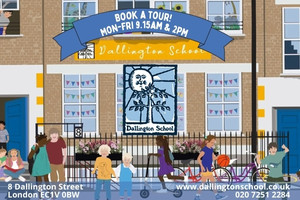An Introduction To Multi-Sensory Learning
The majority of mainstream schooling techniques will use either sight or hearing to teach a child, for example reading text or looking at pictures, and listening to the teacher. This works perfectly well for many children, but for others, it can be hard to learn in this way.
Children with learning difficulties especially can find it hard to learn in the traditional way, and may fare better with a multi-sensory approach. For example, if a child has issues with visual processing they may find reading hard. If they have auditory processing difficulties then learning through listening to the teacher will be difficult.
What Is Multi-Sensory Learning?
Multi-sensory learning involves allowing a child to learn through senses other than hearing or seeing. This might involve their sense of touch as well as movement, allowing the child’s brain to create kinetic and tactile memories to link with their auditory and visual ones and build a more complete picture for them. The aim is to engage children on multiple levels, encouraging them to use other senses to gather information and learn new skills. Multi-sensory learning techniques allow students to use their own area of strength for learning. Although they are often used for children with learning difficulties, these techniques can be helpful for all children when used alongside traditional classroom learning.
What Multi-Sensory Techniques Are There?
Here are a few multi-sensory methods which can be used to help children with their learning.
Audio
Children who find reading and spelling difficult may fare better with a more auditory approach. This may include listening to audiobooks and content on a particular topic rather than reading about it, or even things like using simple rhymes and songs to help with things like spellings and times tables.
Touch
Some children benefit from using their sense of touch when learning - for example writing their name in sand or even using plasticine to form letters and numbers.
Movement
It can be helpful for some to use natural core and motor skills to improve things like memory, concentration or communication skills. This is known as Educational Kinesiology; movement combined with learning.
Smell
We all know that a smell can provoke powerful feelings and memories, but talking about smells can also be useful when it comes to the learning environment. For example, discussing what a particular environment would smell like can be used for storytelling.
Imagination
Imagining and discussing how something would feel, smell or sound can be helpful practice for learning new words and widening a child’s vocabulary.







